Transient tracer-based Investigation of Circulation and Thermal Ocean Change
Our group consists of five people from the Geography department of the University of Exeter. We are part of the Exeter Atmospheric and Ocean Sciences and the Earth System Sciences group within the College of Life and Environmental Science. Our team measures transient tracers in the Oceans.
Dr. Marie-José Messias is in charge of the transient tracer’s studies. Dr. Gary Murphy is our Research Technician, Jack Hughes is our Graduate Research Assistant, Genevieve Hinde is a PhD student currently studying with Marie Jose Messias, Dr. Lilo Henke is part of our group of researchers joining us on this cruise and Jessica Thorn, our Project Coordinator.
Our current project is called TICTOC (Transient tracer-based Investigation of Circulation and Thermal Ocean Change). This ambitious project is funded by NERC and involves collaboration between six different institutions across the UK; the National Oceanography Centre, the University of Exeter, the University of Oxford, Reading University, Imperial College London and the British Antarctic Survey.
TICTOC is part of a sea going expedition (one of three) going to the South Atlantic Ocean. This sea voyage, on-board the RRS James Cook research vessel (JC159), departs from Rio de Janeiro, Brazil on 28 February 2018 and returns to Cape Town, S. Africa on 11 April 2018.
The TICTOC project will use observations made from this sea voyage and two others, and computer models of the ocean to understand where the ocean takes up heat from the atmosphere and how ocean currents transport and redistribute that heat. To study ocean currents we need a ‘tracer’ – something that is placed in and moves with the flow, like a chemical dye. Three varieties of tracers have been added to the atmosphere since the 1950s and have since gradually been absorbed into the ocean and redistributed by ocean currents. These are radioactive carbon, a natural gas as 14C (but also created during World War 2 through nuclear missile tests and when both atomic bombs were dropped), chlorofluorocarbons (CFC’s) and sulphur-hexafluoride. These tracers have entered the ocean as distinct pulses at different times, forming a fortuitous experiment we can now observe. We will use these observations to estimate the rate at which heat is being absorbed and re-distributed throughout the ocean and to assess and improve climate model predictions of regional sea level rise. These observations are crucial to improving our understanding of how much sea level will change in the future and also to better develop our understanding of how much heat has been ‘added to the ocean due to anthropogenically produced Carbon. This information will allow us to plan accordingly the defences we will need to install in order to safeguard the infrastructure and livelihoods of our coastal communities.
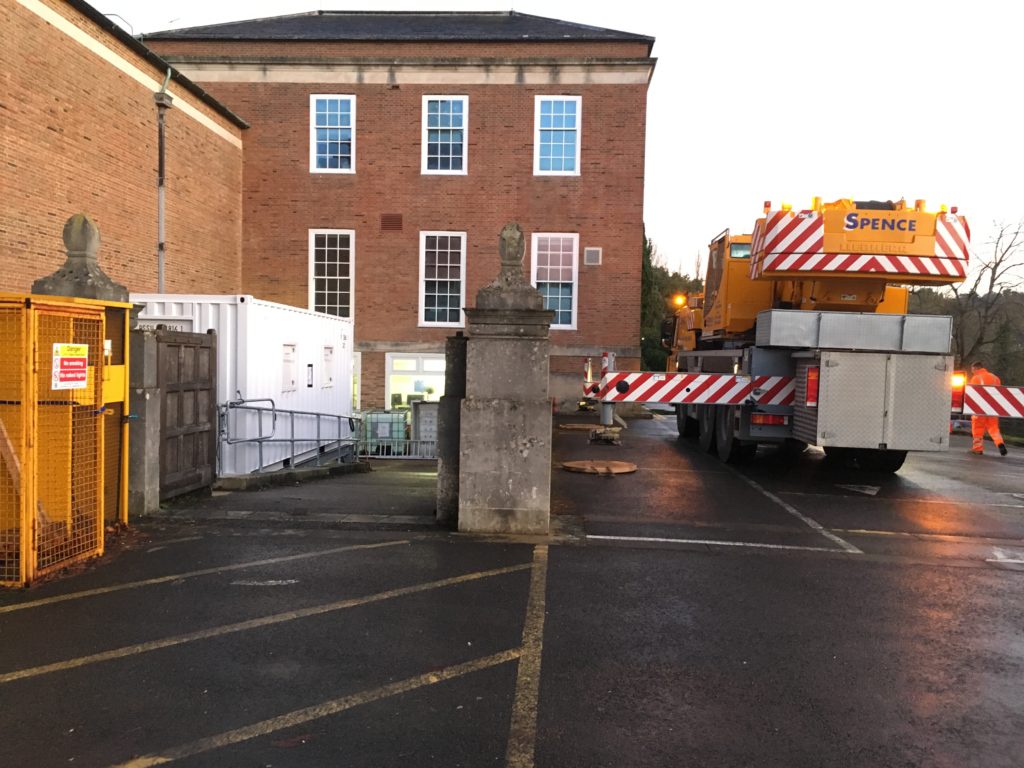
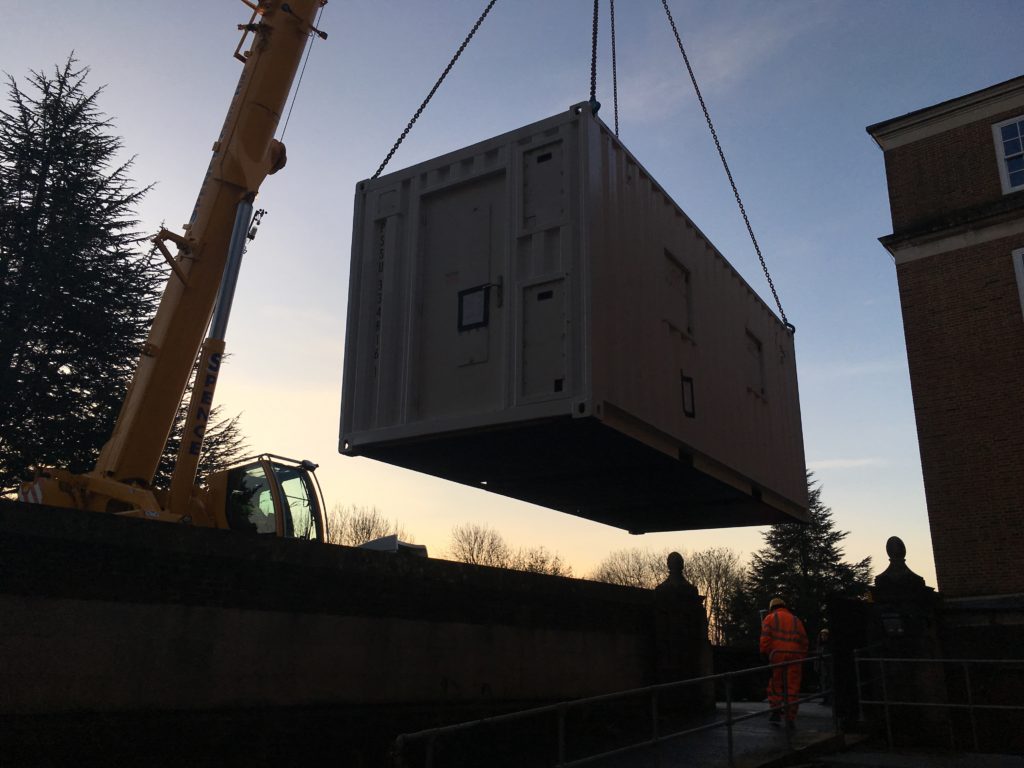
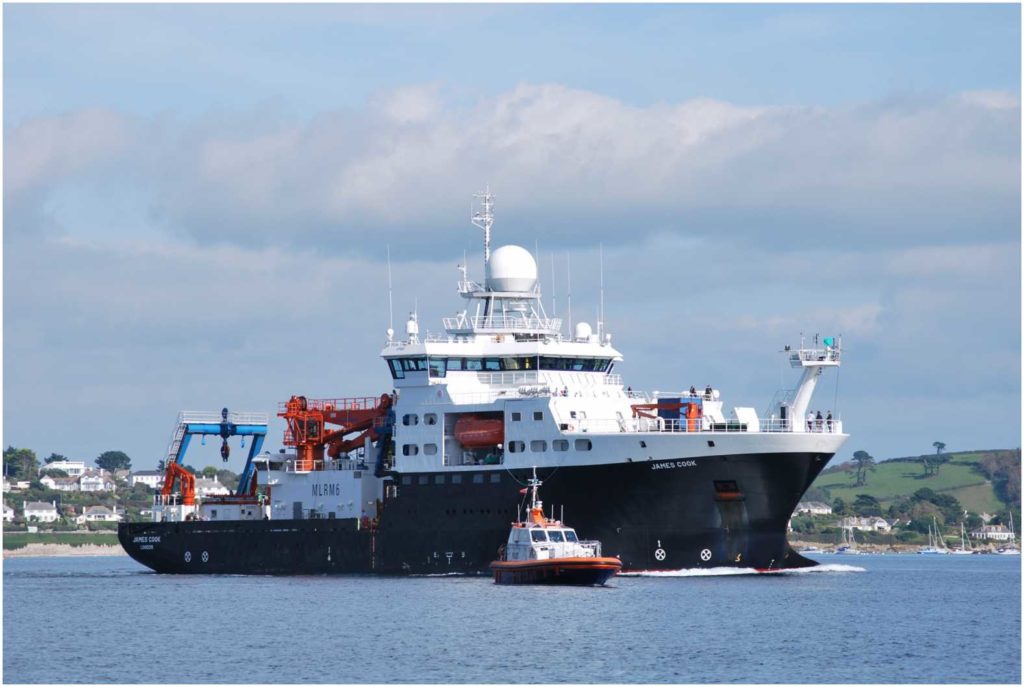
Our group will be using Barbarella, a purpose-built gas measurement instrument that has been designed and developed to measure tracer gases by extracting them from the seawater via a flow of nitrogen gas and trapping them in a very cold bath of liquid nitrogen (at minus 100⁰C). The tracers are then separated and quantified by using gas chromatography.
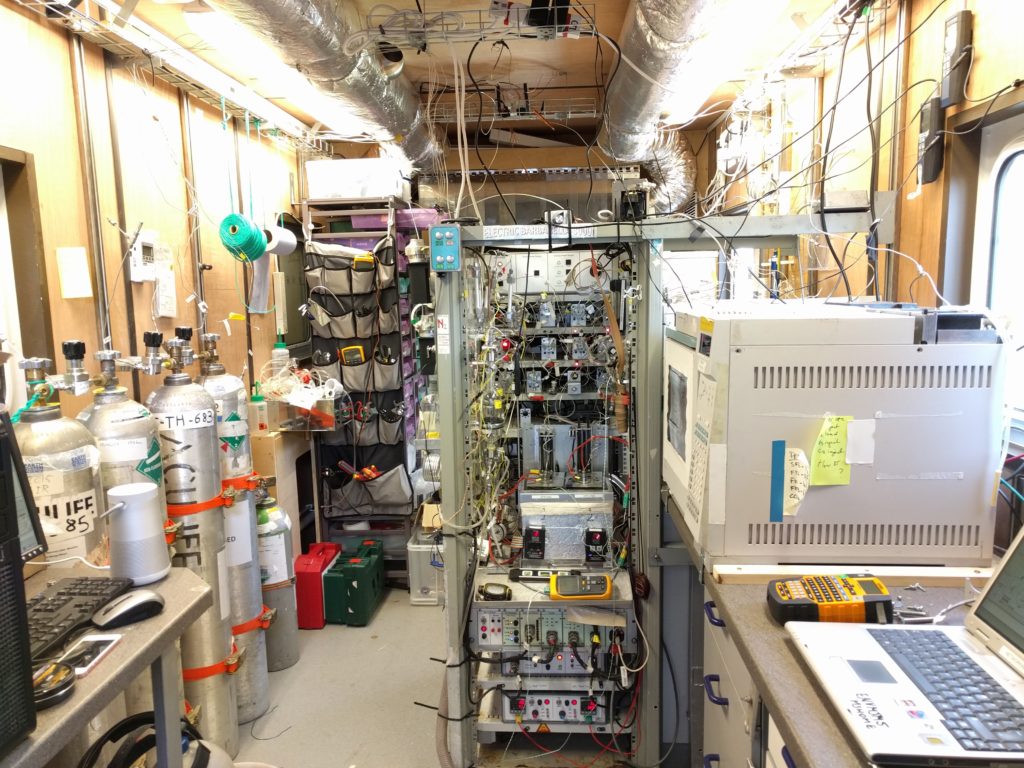
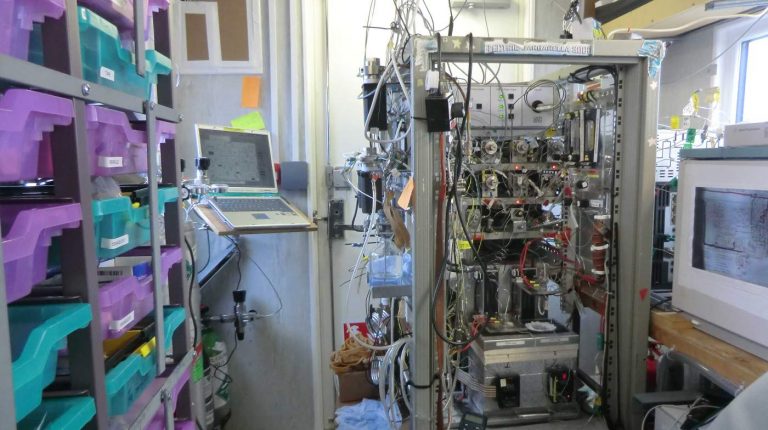
Photographs including Barbarella in our shipping container, and mobile laboratory whilst on-board a ship.